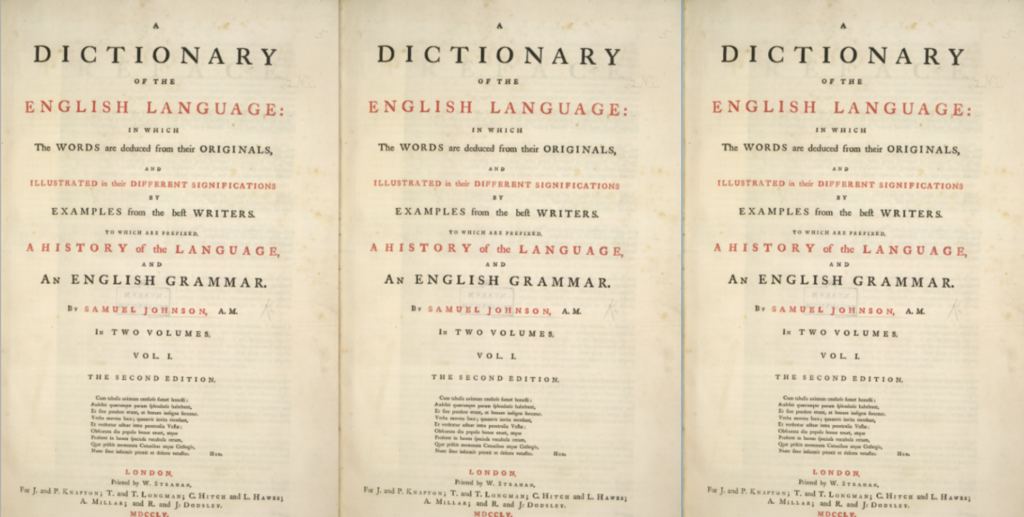Samuel Johnson’s “Dictionary of the English Language,” first published in 1755, defines the word “woman” as, “The female of the human race.” And until October of 2022, the word “woman” was still defined as, “An adult female human being” in the Cambridge Dictionary. What transpired on the topic during the intervening 267 years? Not much. Science confirmed what men and women have known since Adam and Eve began talking past each other — not only do the sexes have immutable physiological differences, down to their genetic matter, but they observe, act, and think differently as well.
Yet Cambridge now says the definition of woman is, “An adult who lives and identifies as female though they may have been said to have a different sex at birth” (and the definition of a “man” is someone who “identifies as male though they may have been said to have a different sex at birth.”) How does one use “woman” in a sentence? One of Cambridge’s examples is, “Mary is a woman who was assigned male at birth.” Who assigned Mary’s sex? Her parents? God? Evolution? The SRY gene? And what other human characteristics does Cambridge believe can be altered according to one’s feelings? Lexicographers have a responsibility to offer clarity and accuracy — which is, of course, impossible in this case…
We need your help to keep Caravan to Midnight going,
please consider donating to help keep independent media independent.





